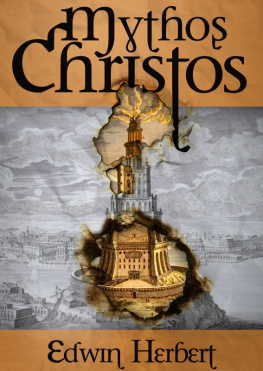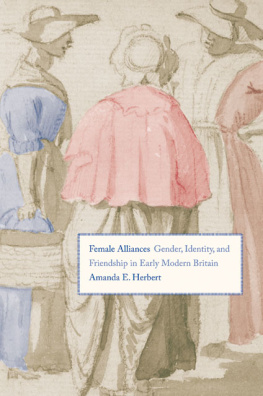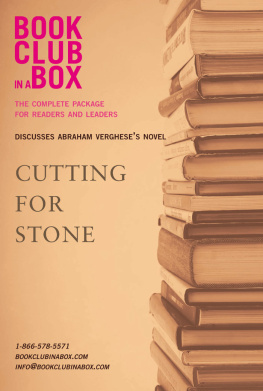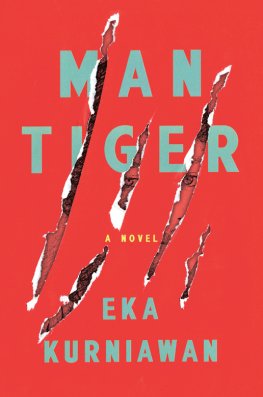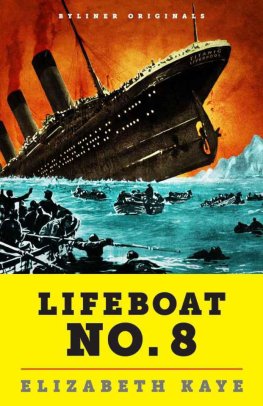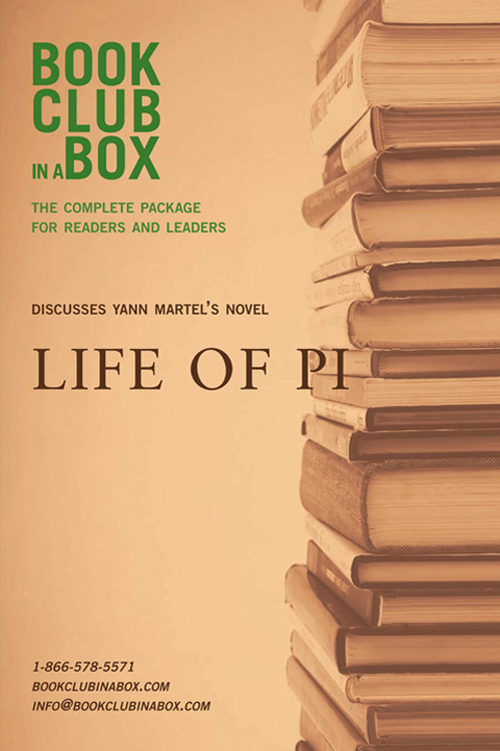BOOK
CLUB
IN A BOX
Bookclub-in-a-Box presents the
discussion companion for Yann Martels
LIFE OF PI
Novel published by Vintage Canada, 2001. A division of Random House of Canada Limited. ISBN: 0-676-97377-9
Quotations used in this guide have been taken from the text of the paperback edition of Life of Pi. All information taken from other sources is acknowledged.
This discussion companion for Life of Pi has been prepared and written by Marilyn Herbert, originator of Bookclub-in-a-Box. Marilyn Herbert, B.Ed., is a teacher, librarian, speaker, and writer. Bookclub-in-a-Box is a unique guide to current fiction and classic literature intended for book club discussions, educational study seminars, and personal pleasure. For more information about the Bookclub-in-a-Box team, visit our website.
Bookclub-in-a-Box discussion companion for Life of Pi
(PRINT) ISBN: 9780973398472
(E-PUB) ISBN: 9781897082683
(E-PDF) ISBN: 9781897082690
This guide reflects the perspective of the Bookclub-in-a-Box team and is the sole property of Bookclub-in-a-Box.
2005 BOOKCLUB-IN-A-BOX (1ST EDITION)
2011 BOOKCLUB-IN-A-BOX (3RD EDITION)
Unauthorized reproduction of this book or its contents for republication in whole or in part is strictly prohibited.
BOOKCLUB-IN-A-BOX
Yann Martels Life of Pi
BOOKCLUB-IN-A-BOX
Readers and Leaders Guide
Each Bookclub-in-a-Box guide is clearly and effectively organized to give you information and ideas for a lively discussion, as well as to present the major highlights of the novel. The format, with a Table of Contents, allows you to pick and choose the specific points you wish to talk about. It does not have to be used in any prescribed order. In fact, it is meant to support, not determine, your discussion.
You Choose What to Use.
You may find that some information is repeated in more than one section and may be cross-referenced so as to provide insight on the same idea from different angles.
How to Begin
Relax and look forward to enjoying your book club.
With Bookclub-in-a-Box as your behind the scenes support, there is little for you to do in the way of preparation.
Some readers like to review the guide after reading the novel; some before. Either way, the guide is all you will need as a companion for your discussion. You may find that the guides interpretation, information, and background have sparked other ideas not included.
Having read the novel and armed with Bookclub-in-a-Box, you will be well prepared to lead or guide or listen to the discussion at hand.
Lastly, if you need some more hands on support, feel free to contact us.
What to Look For
Each Bookclub-in-a-Box guide is divided into easy-to-use sections, which include points on characters, themes, writing style and structure, literary or historical background, author information, and other pertinent features unique to the novel being discussed. These may vary slightly from guide to guide.
INTERPRETATION OF EACH NOVEL REFLECTS THE PERSPECTIVE OF THE BOOKCLUB-IN-A-BOX TEAM.
Do We Need to Agree?
THE ANSWER TO THIS QUESTION IS NO.
If we have sparked a discussion or a debate on certain points, then we are happy. We invite you to share your groups alternative findings and experiences. You can contact us via our website (www.bookclubinabox.com), by email (info@bookclubinabox.com), or by phone (1-866-578-5571). We would love to hear from you.
Discussion Starters
There are as many ways to begin a book club discussion as there are members in your group. If you are an experienced group, you will already have your favorite ways to begin. If you are a newly formed group or a group looking for new ideas, here are some suggestions.
- Ask for peoples impressions of the novel. (This will give you some idea about which parts of the unit to focus on.)
- Identify a favorite or major character.
- Identify a favorite or major idea.
- Begin with a powerful or pertinent quote (not necessarily from the novel).
- Discuss the historical information of the novel (not applicable to all novels).
- If this author is familiar to the group, discuss the range of his/her work and where this novel stands in that range.
- Use the discussion topics and questions in the Bookclub-in-a-Box guide.
If you have further suggestions for discussion starters, be sure to share them with us and we will share them with others.
Above All, Enjoy Yourselves
INTRODUCTION
INTRODUCTION
Novel Quickline
Pi Patel and his family decide that life in India under Indira Gandhi is not a pleasant one. In their effort to seek a better life for themselves and their children, the Patel parents choose Canada as a peaceful, life-affirming destination. They sell their zoo in Pondicherry, India, and they board a freight ship for the new world, taking along some of their animals. At the beginning of their journey, the ship sinks with a monstrous metallic burp and Pi's life takes a different turn. (p.107)
We travel along with Pi on his life's journey through his childhood in Pondicherry, his oceanic survival for two hundred and seventy-seven days alone in a lifeboat with only a Bengal tiger as a companion, his rescue in Mexico, and his afterlife in Canada. This is life as Pi tells it, but it is not the entirety of his life. The absence of the article, the in Martel's title tells us that this is a life ongoing, a life not completely defined.
Structure
A significant key to considering the effect of Martels novel is to observe how the novel explores the separate subjects of math, science, and spirituality. Each of these topics is considered to be unconnected to the other, but Martel seeks to intertwine them so that they cannot be easily divided.
- The novel is structured mathematically so as to illustrate this fact conclusively. The novel is presented in one hundred small chunks. ()
- Pi applies a scientific style in his search for the meaning of his life. He offers the search and its results according to a formula. ()
- When Pi talks about a diplomatic peace(p.20) being in effect in his fathers zoo, he is referring to all the strange things in life that work together despite their inherent and obvious differences. Many of these things need to be taken on faith because they ought not to be true. ()
Language
Another important aspect to look at is Martels use of language. () Its simplicity mimics the rise and fall of the sea and of Pis emotions. The words and images are carefully chosen and closely follow the themes. There is much humor and clever insight in Life of Pi.
Author Information
Biographical Information
- Martel was born in 1964 in Salamanca, Spain, to parents who were Canadian diplomats. He knows all about change, adaptation, and survival, because he has lived or travelled extensively in Spain, Portugal, Alaska, Costa Rica, France, Iran, Peru, Ecuador, Turkey, and India. Although he lived for a time in Berlin doing research for one of his novels, it is Saskatoon, Canada, that became his home base as of 2003, after acting as the Saskatoon Public Librarys writer-in-residence. The influences in Martels home are literary as well as political. Martels father is an award-winning French (Qubcois) poet. Words are in Martels blood his parents, who work as literary translators, undertook the French translation of




